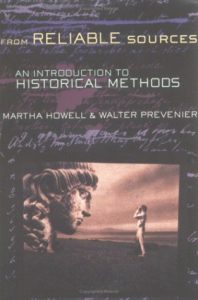I’ve had a break from posting for a couple of days. The reason: I’ve been pulled in to reading the rest of Akenson’s book, Surpassing Wonder. Akenson is known primarily as a historian of Irish history but he has obviously kept abreast of the scholarship in biblical studies, too. What intrigued me most as I read was the striking way he presented certain views of “how the Bible came to be” that I have favoured — but his arguments were more direct and forceful than I have been prepared to acknowledge in posts.
He addresses problems with the “Documentary Hypothesis”, noting that it is not really a hypothesis but a model and should more correctly be called the Documentary Model: that is, the view that the Pentateuch and some other biblical texts are sourced from Yahwist, Elohist, Deuteronomist and Priestly sources. Now the final product may have been stitched together from such sources, but, Akenson notes, that is irrelevant to the study of the narrative and meaning of the final text as we have it. And what’s more, there was a single authorship of the nine books of Genesis, Exodus, Leviticus, Numbers, Deuteronomy, Joshua, Judges, Samuel and Kings. (I’ve posted about that view of the “Primary History” before.) I especially liked Akenson’s tracing of the main stages in biblical scholarship pertaining to the “DH” since it helped me place in context several of the big name scholars I have been studying up till now.
Yes, there are archaisms in the books, and there are repetitions and contradictions, but we have some of the same sort of things in Greek histories, too, and they serve a purpose, in particular the purpose of “authenticity” as a “historical record”. The difference is that the biblical history is anonymous. And that detail, too, has the effect of adding authority to the account. Many readers, especially believers, have liked to comment on the low-key matter-of-fact way many of the more dramatic and miraculous events are described in the bible. That style, believers say (as I have done myself), suggests authenticity, too. It works as narrative history.
Then carry over the style and techniques to the gospels and we have an ongoing account that sounds “genuine”. What is particularly striking in this context, furthermore, is the discussion of how Second Temple era literature managed to continue, build on, “biblical narratives” but at the same time dramatically re-write them, even introducing new characters, even spirit ones, to let God off from being blamed from some horrible decisions, and even claiming to be directly quoting God himself, without a mediator like Moses. It puts the gospels in an interesting context.
Anyway, that’s where I’ve been hiding these last couple of days. More later, I am sure.
Like this:
Like Loading...


